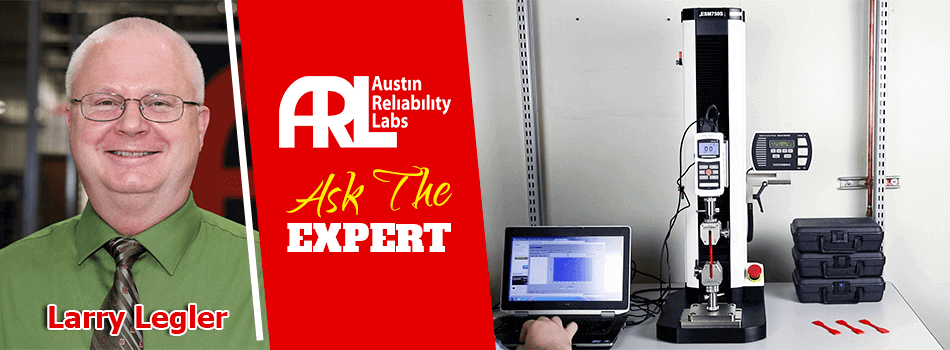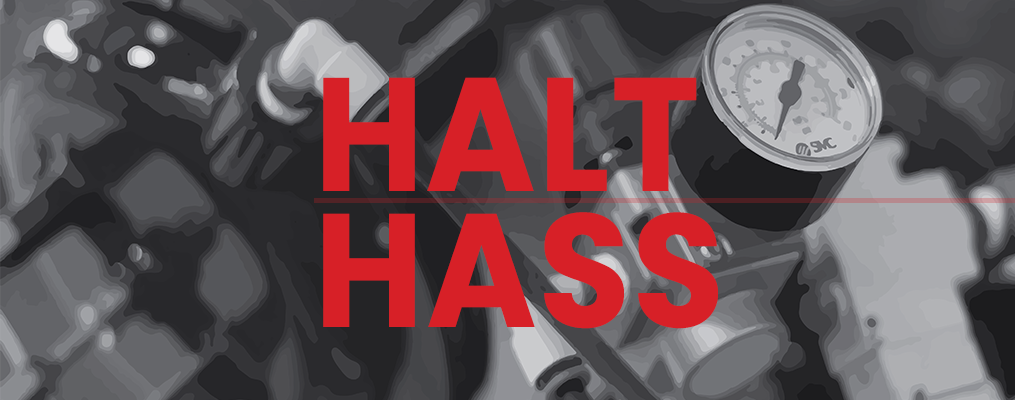Tensile Testing 3D Printed Products
Amit Pal2025-01-15T07:21:42-06:00As additive manufacturing continues to change the manufacturing process with rapid design iterations and cost effective high volume mass-production, the same material characteristics that are important to consider during the design process remain vital to identify for 3D printed parts. Ultimate tensile strength is a test frequently used to aid in selecting a material for application and determining how that material will perform while in use. Continue reading below to learn more about tensile testing for 3D printed parts and the MARK-10 Tensile Tester:
Tensile Testing is a fundamental materials science test in which a sample is subjected to a controlled tension until failure is observed. The process of applying a continuously increasing load to a test sample creates a stress-strain curve until the rupture or break point, showing how the sample reacts throughout the tensile test. Through tensile testing, one can quickly determine how the material will react to forces and ultimate tensile strength can be directly measured. The results from the test can be used to select a material for an application, for quality control and to predict how a material will react under other types of forces.
The MARK-10 ESM750S Tensile Tester is a single-column force tester configurable for tension and compression measurement. For 3D printed products, the tests performed using the MARK-10 are essential for product design and improvement. Physical characteristics must be determined for each material used by a 3D printer for a project, each 3D printer that uses that material, and for each orientation of the print. Designs based off of erroneous material characteristics have a high probability of failure. With the knowledge of how the material performs, designs can be improved leading to safer and more reliable products.
Tests:
- Ultimate Tensile Strength – Testing to determine the maximum load carried by the sample specimen
- Compressive – Process of determining material behavior under a compressive load by compressing the sample specimen and recording deformation versus the applied load
- Flexural Strength (Modulus of rupture) – Measurement of a sample specimen’s strength before rupture or break
- Creep – Measuring the deformation or alteration of a sample specimen after the application of mechanical stress
- Shear – Applying stress to a sample so it undergoes a sliding failure along a plane that is parallel to the forces applied
- Frictional Coefficient – Determination of the frictional force between two surfaces or objects
Materials Tested: (both 3D printed and conventional parts)
- Plastics
- Polymers
- Elastomers
- Ceramics
MARK-10 ESM750S Capacity:
- 750 lbf (3.4 kN)
- 14.2 in (360 mm) travel
For additional information on how the TyRex Technology Family can help with all your additive manufacturing needs, please feel free to contact our team for testing, our sister company SabeRex for production, or TekRex for design and development.






